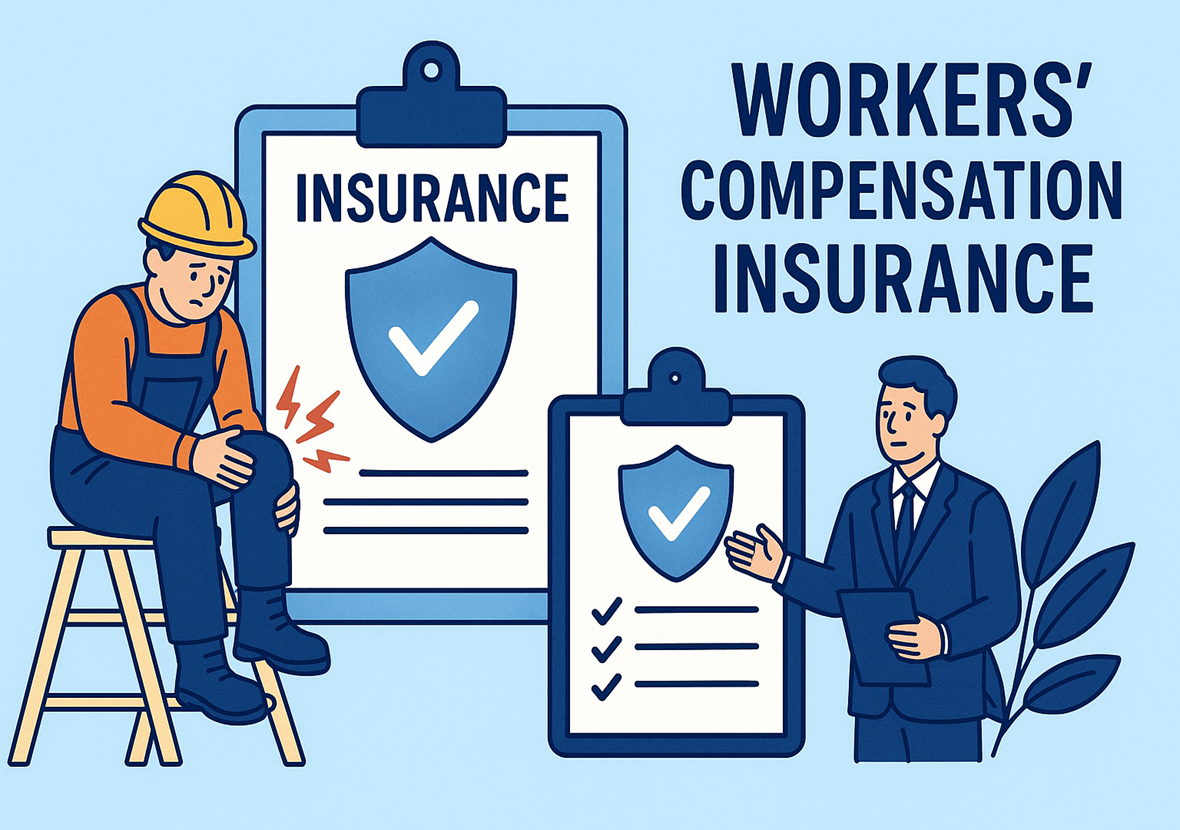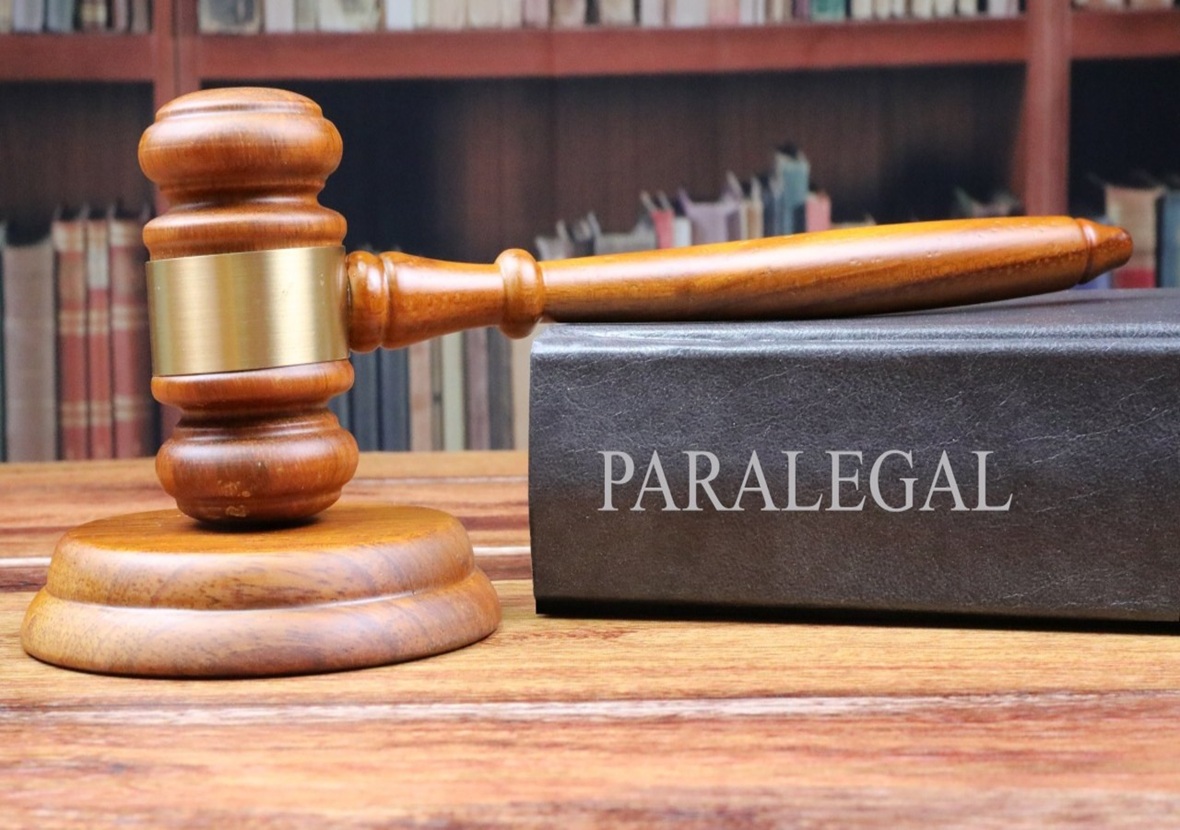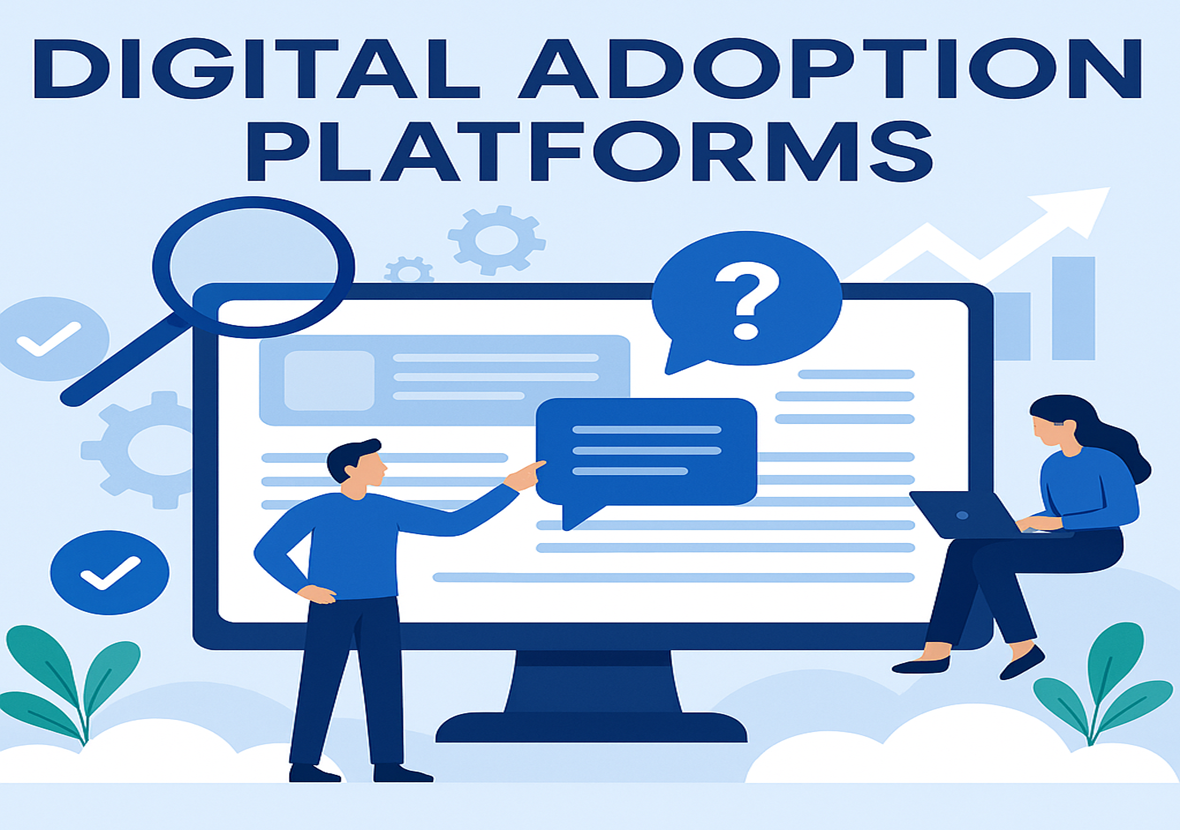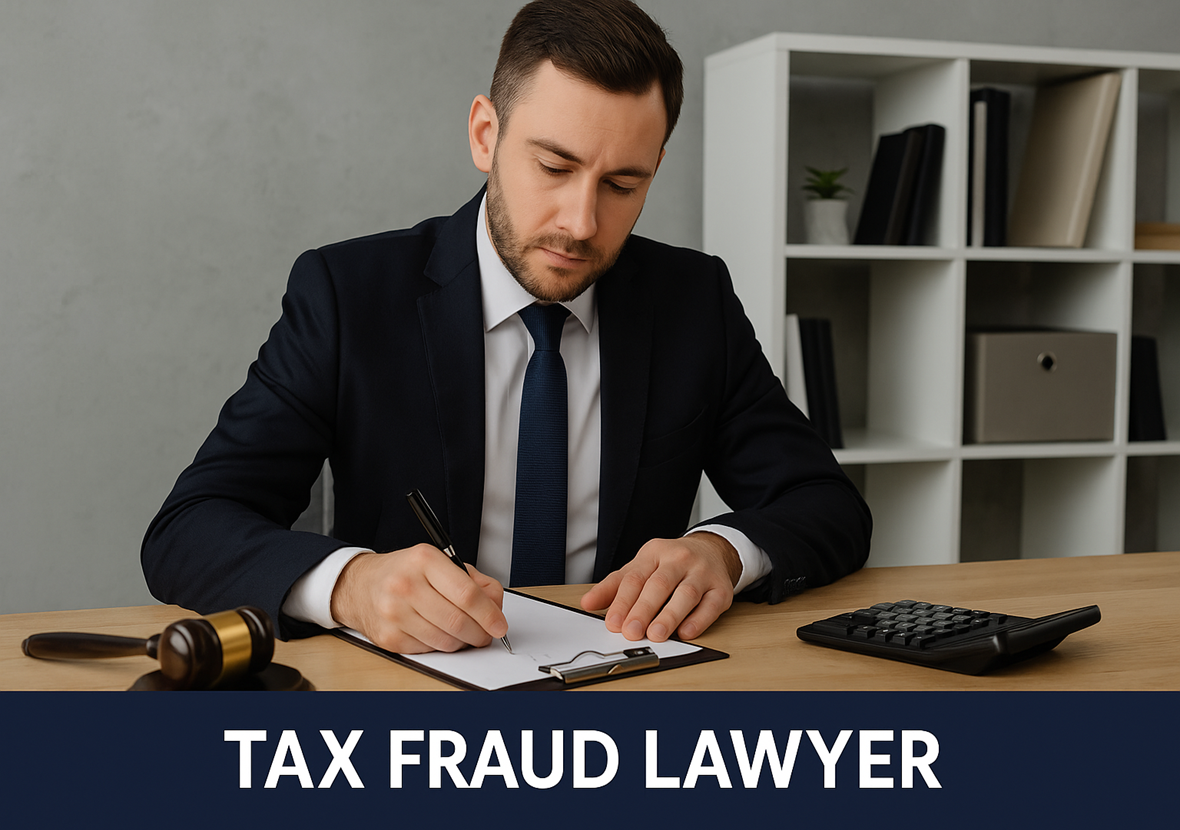Can You Insure Your Crypto Mining Rig? Here’s How
Imagine investing thousands into a crypto mining rig, only for it to be damaged in a power surge or stolen during a break-in—an unsettling reality that more miners are considering as digital currencies gain traction. With rigs running around the clock and packed with high-end components, the question of whether these valuable setups can be insured is becoming increasingly relevant.
In today’s fast-paced and high-risk digital economy, crypto mining equipment is not only expensive but also essential for generating profits. Unlike cars or homes, securing insurance for mining rigs isn’t always straightforward, leaving many wondering what protections exist and how to secure coverage.
This guide breaks down everything you need to know about insuring your crypto mining setup—from available coverage options and key risks to how insurers assess mining rigs and tips for finding the best policy. Understanding your options can help you safeguard your investment and keep your mining operation secure.
Why Crypto Mining Equipment Needs Protection
Mining rigs are the engines that power blockchain transactions, and they don’t come cheap. A typical setup might include high-performance GPUs, ASICs (Application-Specific Integrated Circuits), cooling systems, power supplies, and more. The combined value of this hardware can easily reach tens of thousands of dollars.
Crypto mining operations also run non-stop, often generating substantial heat and consuming vast amounts of electricity. This creates a unique environment where overheating, fire hazards, and equipment wear and tear are daily concerns. Add to that risks like theft, cyberattacks, and electrical failures, and it becomes clear why insurance isn’t just smart—it’s essential.
Unlike a standard PC, your mining rig is a money-generating asset. That makes it more like business equipment than personal electronics. And in many cases, a homeowner’s or renter’s policy won’t cover damage or loss related to commercial use. That’s why understanding your options for specialized crypto mining insurance is critical for protecting your investment and income stream.
What Kind of Insurance Covers a Crypto Mining Rig?
Currently, there isn’t a specific type of insurance labeled “crypto mining insurance,” but various policy types can offer partial or full protection for your equipment. Depending on your setup and usage, these policies may include business property insurance, inland marine insurance, or even cyber liability insurance.
Business property insurance is one of the most straightforward options. It covers physical damage to your mining rig caused by perils like fire, theft, vandalism, or certain types of water damage. However, if your mining operation is run from home, your insurer might require you to get a rider or commercial add-on.
Inland marine insurance is another useful policy, especially if your rigs are mobile or moved between locations. Despite the name, it’s not for boats—it’s designed to cover high-value equipment in transit or stored off-site.
Cyber liability insurance can protect against online threats like ransomware or DDoS attacks that interrupt your mining operation. If your rig is remotely managed or part of a larger network, this type of insurance can be a critical layer of security.
The key is identifying your risks and aligning them with the most appropriate coverage. Many crypto miners need a combination of these policies to get comprehensive protection.
Common Risks and How Insurance Helps
Let’s look at some real-world scenarios that illustrate why insuring your crypto mining rig makes sense. Consider a case where a miner’s garage-based setup overheats due to a failed cooling fan, resulting in a fire. Without insurance, they’re out tens of thousands of dollars and may even be liable for damages to the property.
Or imagine a power surge during a storm fries your expensive ASICs. Some policies can reimburse you for the cost of replacing the damaged hardware, minus any deductibles.
Theft is another major concern. Crypto mining rigs are not only valuable but often resold or repurposed quickly. A targeted burglary can wipe out months or years of investments overnight. Business property insurance could step in here to help with replacement costs.
Then there’s income loss. If your rig is down for days or weeks due to damage, you’re not just losing hardware—you’re losing potential profits. Some business interruption policies may offer compensation for that lost revenue, although this area is still evolving for digital operations.
These examples show that insurance can provide peace of mind against multiple types of threats. While not all risks are insurable, especially in such a new space, policies can still buffer against catastrophic loss.
What Insurers Look for Before Offering Coverage
Because crypto mining is a relatively new and high-risk endeavor, insurers tend to be cautious. Before offering coverage, they’ll want to understand your setup in detail. That includes the value and type of equipment, how it’s stored, what kind of cooling and power backup systems you have, and whether you’re operating from a residence or commercial space.
Insurers may also evaluate your risk management practices. Do you have surge protectors, fire suppression systems, and secure access to your rigs? Are your operations monitored remotely or protected by surveillance? All these factors influence your eligibility and premium cost.
In addition, they’ll ask about how you classify your mining—hobby or business. If you’re running a few GPUs for personal use, your homeowner’s insurance may extend some limited coverage. But if you’re mining for profit, insurers will likely require a commercial policy.
Location matters too. If you’re in an area prone to natural disasters or unreliable electricity, expect higher premiums or even limitations on what’s covered. Sharing honest, detailed information with your insurer can help tailor a policy that fits your needs.
How to Find the Right Insurance Provider
Not all insurance companies are familiar with crypto mining equipment, which can make shopping around a bit more challenging. Start with providers that specialize in tech, commercial electronics, or high-risk business activities. Some niche insurers are beginning to offer policies tailored to cryptocurrency operations.
Work with an insurance broker who understands crypto, or look for companies that have covered data centers or server farms—they’ll likely have a better grasp of what’s involved. Be prepared to explain your operation clearly, provide inventory lists, photos, or even receipts for equipment purchases.
It’s also worth checking if your mining equipment manufacturer partners with or recommends any insurance providers. Some companies in the crypto ecosystem are building bridges with insurers to make it easier for miners to get covered.
Finally, always read the fine print. Understand what’s excluded, what deductibles apply, and what your responsibilities are in the event of a claim. The right insurer will be transparent and willing to educate you on how their coverage works.
Tips for Minimizing Risk and Lowering Insurance Costs
Insurance is only part of the protection equation. Miners who implement strong risk mitigation strategies not only reduce their chances of needing to file a claim but may also qualify for lower premiums.
Ensure your rig is set up in a well-ventilated, temperature-controlled area. Use uninterruptible power supplies (UPS), surge protectors, and quality cooling systems. Regularly maintain your gear, clean dust filters, and monitor temperatures to prevent overheating.
Security is crucial. Install locks, alarms, and cameras—especially if you mine from home. If you host rigs in a facility, make sure it has 24/7 monitoring and physical access controls.
Keep detailed records of your equipment, including serial numbers, invoices, and photos. Store these off-site or in the cloud so you can easily share them with your insurer in the event of a claim.
If you’re serious about mining, consider forming an LLC or business entity. This not only helps with taxes but can also open up access to commercial insurance options that provide more comprehensive protection than personal policies.
By combining good practices with the right coverage, you’re building a sustainable and secure mining operation that’s prepared for the unexpected.
https://usfonts.link/buy-a-house-with-no-money-down/
Conclusion
As cryptocurrency mining continues to expand, the need to secure valuable mining rigs becomes increasingly critical. While a dedicated *crypto mining insurance* policy does not yet exist, a combination of business property, inland marine, and cyber liability insurance can provide strong protection for your equipment and operations.
Whether you mine casually or run a large-scale operation, the risks—fire, theft, power surges, and cyberattacks—are significant. Insuring your crypto mining rig is more than just a precaution; it is an essential safeguard for an investment that generates real income. Knowing what coverage options are available, understanding what insurers consider when evaluating policies, and proactively reducing risk will help you build a more secure and profitable mining venture.















